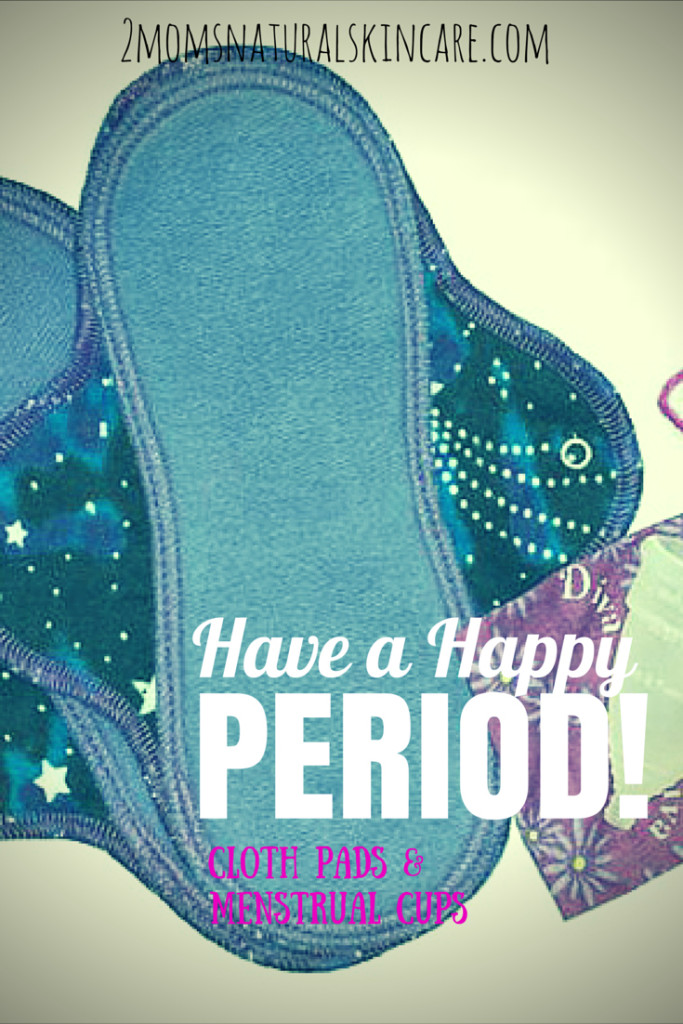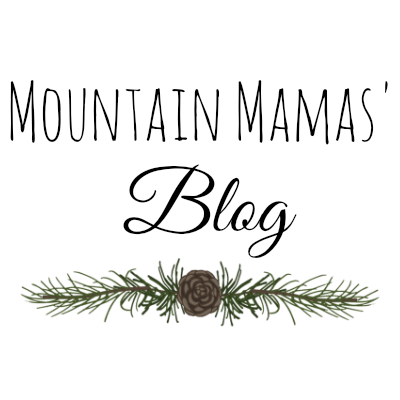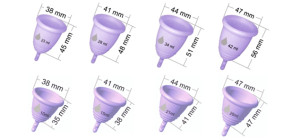Be sure and check out the other part of this set all about Natural PMS & Cramp Support!
So one of the biggest challenges on my crunchy journey has been that time of the month. Y’know good old Aunt Flow, Shark Week…whatever you want to call it. I was seriously stuck in my tampon using ways and was not about to switch any time soon. Nuh-uh, no way. I mean reusable cups and pads seriously icks-ville right?
I could not have been more wrong.
For me I used to have these terrible awful killer cramps letting me know that my ovarian system was rebooting. They would last from before my period until it was done. These weren’t little baby cramps either, they were full blown labor type contractions (actually they were more painful than my labor contractions *sad face*). I’d be curled up in a ball with a heating pad for hours. Though recently a friend of mine told me about these things called yoni eggs which could help alleviate them, I was given a rather detailed definition of them as well and how they might help as well. But little did I know that what I was using on my period was part of the problem too. Namely tampons. Some people (like me) have cramps that are worsened by tampons. I have no scientific evidence on this just anecdotal from other people who have noticed that when they are not using them their cramps get soooo much better.
Not only did they play a role in my cramps, but they are also chock full of all kinds of chemicals. Most tampons are made of cotton (possibly GMO and sprayed with all kinds of pesticides), rayon (chemically treated wood pulp), plastics, and fiber finishes. Really, just what in the heck are fiber finishes and why do they need to go in our hoo-has? And don’t even get me started on the ‘fragrance’ who knows what toxic chemical concoction it is made from. But, I think the organic sanitary pad is different from ordinary ones, usage-wise and environmentally. They are known to be quite comfortable to use and don’t damage the environment like tampons and other non-organic pads.
So yeah you can bet after learning all this I was full steam ahead on the natural period products band wagon.
Menstrual Cups
I first started out with menstrual cups to replace my tampons for the Crimson Tide. And let me tell you I looooove my menstrual cups. I tried out a couple of brands and finally settled on the Meluna cup because they have so many sizes and styles even a ‘short’ cup for those of us with a really short vagina or a really long cervix (meeee).
You may look at one and ask yourself just how and the heck am I supposed to put that in there? It is actually very easy find yourself a comfy position. I’m a fan of the leg up on the toilet seat. Choose a folding method you like, I use either a punch fold or a c-fold, if you get the Meluna they give you a diagram of different folds. Then just pop that bad boy up in there and give it a little twist to make sure it pops into place. You’ll know because it will not feel flat or smooshed at all.
When I first started using my cup I changed it every 2-3 hours like I would my tampon just to get a feel for how often it really needed to be changed. Now that I am an experienced menstrual cupper (yeah I just made that a thing!) I know that I can leave it in for up to 4 hours on a heavy day and 8-12 on a light day. Never leave your cup in for more than 12 hours.
Now many people are going to say the blood factor is not that bad. I’m just gonna say if you really, really, really cannot stand blood then maybe a menstrual cup is not for you, because at some point you will inevitably get blood on you. So you just keep on reading and I will tell you all about your next option….
Cloth Pads!
So for those of you who really don’t want to mess with the menstrual cups you really need to look into cloth pads. Yeah, it may not sound to pleasing but just think of all the chemicals in the paper pads.
Dioxin, a known carcinogen, is a by-product of bleaching the paper to use in disposable pads. They can also dry out your lady parts. Not to mention they can save you money in the long and they are great for the environment.
These are really a great alternative to disposable pads! They come in every size you can imagine from little liners to heavy flow pads, some companies even have pads for thongs.
So how do they work? The pads are made of multiple layers of cotton or other fiber like bamboo which absorb all the liquid. Cloth pads for lighter flow/spotting are generally backed with fleece while pads made for heavier flow are backed by PUL (like cloth diapers). The pads are kept in place by wings, like disposable pads, that have snaps on them instead of adhesive glue.

When ordering your pads think about how many you use a day and get 2 days worth plus 2-5 extras to have when you are washing your pads. You will generally wash them every two days. Many places make awesome little bags from PUL to store your used pads in when you are on the go. I honestly just use one of the twins extra dirty cloth diaper bags.
I always rinse my pads off in cold water before storing them in my wet bag. You don’t have to do this but it can help prevent stains. Then when it is wash day I just toss ’em in the washing machine and run them through a warm wash using my homemade laundry detergent (recipe coming soon). Be sure not to use any fabric softeners or bleach on your cloth pads!
I like to get cloth pads from these places:


2 comments
Comments are closed.